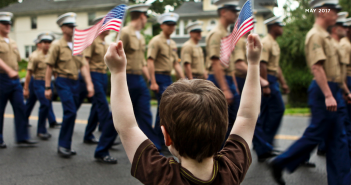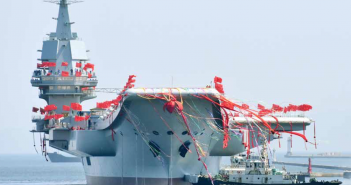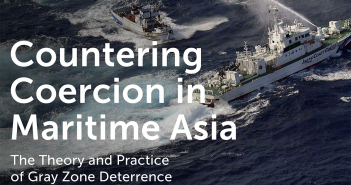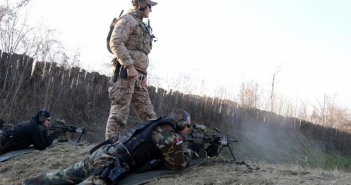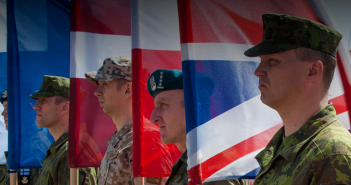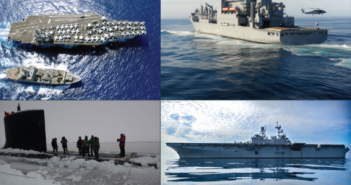Your single destination for high-quality content from top think tanks around the world. Fresh reports and analysis as they are released to ensure valuable thought leadership work isn’t lost in the daily noise.

Atlantic Council’s ‘NATO and Trump: A Case for a New Transatlantic Bargain’
READ THE REPORT — In a new Atlantic Council report — “NATO and Trump: A Case for a New Transatlantic Bargain” — Amb. Alexander Vershbow, NATO’s former deputy secretary general, and Fabrice Pothier, NATO’s former head of policy planning, argue “that the Trump administration could be the catalyst for long overdue changes for the Alliance.” “The central recommendations are that firstly; European allies and Canada should commit to a concrete plan and a tighter timetable for increasing defense spending by the end of Trump’s term – through a NATO 2020 investment plan and an enforcement mechanism to hold allies accountable for their commitments. Secondly, the US and European allies should agree to a substantially enhanced operational role for the Alliance in the wider Middle East – including playing a greater role in training local forces in the Middle East, and agreeing on a common fund of up to one billion dollars to help support NATO’s contribution to the fight against terrorism,” the Atlantic Council wrote in a May 23, 2017, press release.


